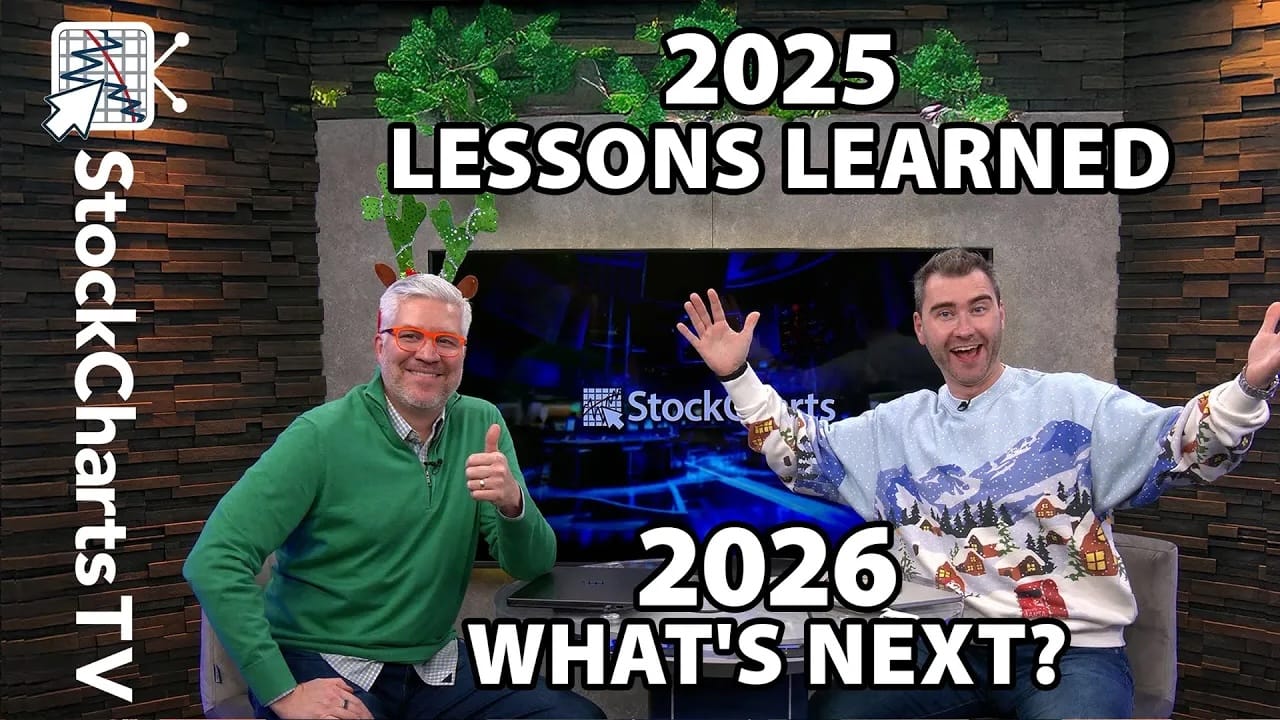VOLATILITY SPIKES AS MARKET SELLOFF CONTINUES -- VIX INDEX CLIMBS TO THREE-MONTH HIGH AND PLAYS CATCH-UP TO RISING NASDAQ 100 VOLATILITY INDEX -- MAJOR AVERAGES LOSE MORE GROUND -- THE S&P 500 AND NASDAQ 100 DROP TOWARD 50-DAY AVERAGES
SMALL AND MID SIZE STOCK INDEXES BREAK SUPPORT... Yesterday's message showed small and midcap stock indexes testing support at their July lows, and warned that any further weakness would be bad for them and the rest of the market. Both indexes have broken support levels and are now leading the market lower. Chart 1 shows the Russell 2000 Small Cap Index falling to the lowest level in more than two months, and bearing down on its 200-day average. Chart 2 shows the S&P 400 Mid Cap Index in the same weak condition. Weakness in smaller stocks usually spells trouble for the rest of the market. And it's doing that today.

(click to view a live version of this chart)
Chart 1

(click to view a live version of this chart)
Chart 2
S&P 500 AND NASDAQ WEAKEN ... Selling in smaller stocks is spilling over to large caps. Chart 3 shows the S&P 500 heading down toward its 50-day average and a rising support line drawn under recent lows. That will be an important test for the market uptrend. Any violation of those two support lines would signal a deeper selloff. I noted yesterday that daily MACD lines turned negative for the SPX which is usually a warning signal. The same is true for the Nasdaq market. Chart 4 shows the PowerShares QQQ Trust also losing ground. That tracks the Nasdaq 100 which includes the largest non-financial stocks in the Nasdaq. Its daily MACD lines have also turned negative. The Nasdaq is the weakest of the major large cap indexes today. That reflects selling in technology stocks and biotechs. Not surprisingly, the Dow is holding up a little better than the rest of the market. I recently pointed out that Dow leadership is usually not a good sign for the market. I pointed out yesterday that Nasdaq 100 volatility (VXN) was rising much faster than for the S&P 500 (the VIX) which was another bad sign. Both volatility measures are jumping sharply today.

(click to view a live version of this chart)
Chart 3

(click to view a live version of this chart)
Chart 4
VOLATILITY IS CLIMBING ... Yesterday's message showed the CBOE Nasdaq 100 Volatility Index ($VXN) in an uptrend since March. Chart 5 shows the VNX climbing another 15% today to reach the highest level in more than a month. It may be heading for a test of its 2017 closing high at 18.74. The rising VXN warns of rising volatility in the Nasdaq market. Yesterday's message showed the unusually wide divergence between the rising VXN and the falling VIX (which measures implied volatility for the S&P 500). The rising VXN warned that the VIX might start following it higher. Which it's doing today. Chart 6 shows the Volatility (VIX) Index jumping 28% today. It's cleared the early July closing peak at 12.54 and is trading at the highest level in three months. The VIX remains well below its long-term average at 20. Any move above its spring closing high near 15, however, would be a more negative sign for stocks. All market sectors are in the red today, with the biggest losses in financials, consumer discretionary, and technology. Safe havens like gold and Treasuries continue to rise. Emerging markets are leading foreign stocks lower, with the biggest losses in Asia (China, South Korea, and Taiwan). Heightened tensions in North Korea are a big reason why.

(click to view a live version of this chart)
Chart 5












